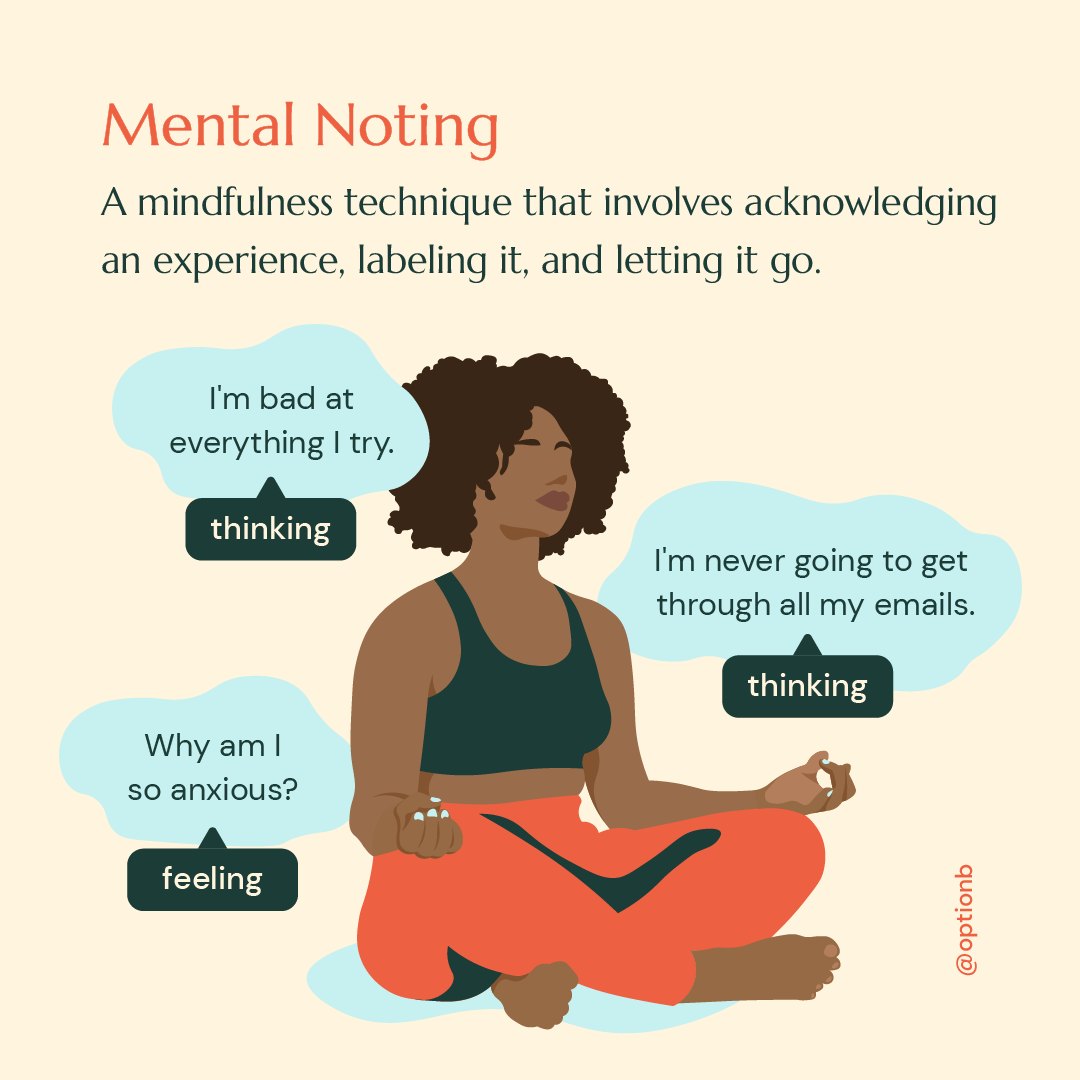According to data from a survey conducted by Vice.com, 31% of individuals have admitted that their biggest fear in life is never being able to find love. This fear can be rooted in numerous ways depending on the individual’s background and past life experiences. On an individual level, this fear arises most in those who have been hurt in past relationships, this can be in either their romantic relationships or relationships from their childhood. Romantically those who have been broken up with in some way either by being “rejected” or cheated on in the past, additionally those who have experienced emotional abuse, commonly develop a fear of being hurt again in future relationships.
A study published in the Journal of Social and Personal Relationships found that individuals who had experienced infidelity in a past relationship reported lower levels of trust, commitment, and relationship satisfaction in subsequent relationships, and fear they will not be emotionally able to find love again. Similarly, someone who has been in a series of failed relationships may begin to doubt their ability to form healthy and lasting connections with others. This fear can also relate to past traumatic childhood experiences in one’s life.
Experiences such as physical or emotional abuse, neglect, abandonment, or witnessing domestic violence at an early age have a direct impact on one’s behavior and emotional availability to experience love. This information has led to the formation of the Attachment Theory, suggests that early experiences with caregivers can shape a person’s attachment style and influence how they approach romantic relationships later in life. The research has found that women who have experienced inconsistent or unreliable caregiving as children may be more likely to develop an anxious attachment style, which is characterized by a fear of abandonment and a strong desire for closeness and validation from romantic partners. This fear of abandonment may lead some women to avoid or withdraw from romantic relationships, as they fear being hurt or rejected.

Deep rooted beliefs that women must have children also have served as the foundation for the belief that women need to find a partner.
Western society also plays a large role of deeply embedding the pressures of finding love into the majority of individuals, but especially women. According to researchers at the University of Missouri-Columbia(2009), women get reminded and questioned about their relationship status in events where if one is single it is most obvious. These events include gatherings where it is expected to bring a “plus one” such as professional events, weddings, dinner parties, etc. There is also still the stigma that women by the time they reach their thirties must be either in a serious relationship or married, further showing how society has implemented an unsaid timeline to accomplish certain milestones like finding a romantic/life partner and settling down.
Lastly, there is also the added pressure of the biological clock for women. Achieving motherhood has been considered the epitome of being a woman for hundreds of years. Also, reproduction to create offspring and ensure the survival of the race is a law of nature. According to researcher Larry Ganong, awareness of shifting reality as one becomes older; for example, the shrinking pool of eligible men and increased pregnancy risks, add to the pressure. This leads to an increased rate of women feeling the need to settle for a partner in life, and as a result not finding what they consider to be their true love.
Many people respond to the fear of never finding love with avoidance, fearing that deeper relationships can be threatening. This avoidance leads individuals to steer clear of situations, places, or things that trigger fear or anxiety, as they aim to shield themselves from potential harm. However, while avoidance might bring temporary relief, it can ultimately strengthen this fear response over time.
Fortunately, there’s a path to overcoming this fear. To begin, it’s crucial to look inward and understand the root of this fear. Ask yourself:
“What are you afraid of? Heartbreak? Rejection? Not measuring up? Worry that no one will meet your standards?”
Exploring these questions helps you understand your attachment history. As you assess your relationships in real-time, it’s valuable to recognize moments when your actions don’t align with your ideal relationship. These conflicting behaviors may signal a fear of vulnerability and getting too close to your partner. For instance, someone with a dismissive-avoidant attachment history often exhibits indifference toward their partner’s needs, comes across as closed-off, and perceives their partners as “needy.”
Conversely, an individual with a preoccupied attachment history often seeks their partner’s attention, frequently experiences jealousy and insecurity. On the other hand, someone with a fearful-avoidant attachment pattern fears both their partner being too forward and their partner pulling away. When they perceive the relationship becoming too close, they tend to withdraw; however, if they sense their partner is drifting away, they become clingy and insecure.
To identify your attachment style, consider your past dating history. For instance, a person with a secure attachment style typically has had few serious relationships, feels comfortable expressing their feelings, and appears content being single. These indicators are often evident in what a person chooses to share on a first date and their ease in discussing certain topics.
Understanding your personal behaviors provides insight into your patterns and deep-rooted feelings. Once you comprehend your attachment style, you can better determine your needs in a relationship. For example, someone with an anxious-preoccupied attachment style should seek a partner who is patient, empathetic, and reliable. Conversely, they should avoid partners who are highly emotional or overly demanding with clingy tendencies.

This critical inner voice can generate negative thoughts about your partner, such as “they are always distracted” or “they are clearly bored of me” or “they never clean up after themselves despite my requests, so they must not care about how I feel.”
The next step involves separating your true self from your inner critic. The “critical inner voice” is the language of your defense system, containing negative and intrusive thoughts stemming from pre-existing fears and anxieties. This inner voice fuels self-criticism, leading to self-limiting behavior.
With that in mind, most people cannot simply decide to change their mindset and expect everything to become right. Cognitive Behavioral Therapy is often considered one of the most effective ways to combat the critical inner voice. Therapists, professionally trained to identify behavioral patterns and provide guidance and strategies, tend to have a higher success rate compared to those who continue their lives without seeking help. There are other methods that can be exercised either independently or in conjunction with therapy sessions. These include practicing mindfulness and meditation, which is known for creating a sense of balance within the body when done regularly, providing better control over one’s emotions.
Specific ways to incorporate mindfulness and meditation practices into daily life include techniques like box breathing and 4-7-8 breathing. These methods involve deep diaphragmatic breathing and pausing with each breath, slowing the heart rate, which allows individuals to have better control over anxious emotions and their overall well-being. Regular meditation has been proven to enhance focus, instill a sense of calm, and boost psychological security. A 2023 study by numerous psychologists stated that daily 5-minute breathing exercises, including box breathing, significantly reduce anxiety and improve mood.
Another practice is gratitude journaling, which intentionally focuses on recording positive aspects of one’s life and writing them down. This can help shift the focus away from negative self-talk and cultivate a more positive mindset.
The last step involves embracing the feelings that may arise and continuing to progress. Psychological research by David Barlow and Steven Hayes has shown that acknowledging and accepting our feelings enables us to process them in a healthy way and break free from the negative cycle of suppressing and denying them. Emotional avoidance, a coping mechanism involving the avoidance and suppression of unpleasant emotions or thoughts to protect oneself from emotional pain, is a common cause of many psychological problems. It takes various forms, such as avoiding triggering situations, distracting from emotional experiences, or resorting to substance use to avoid emotional pain. Hence, it is crucial to embrace our emotions, whether positive or negative, and consciously change our mindset to overcome avoidance tendencies.
 A helpful technique is a form of mindfulness called “noting,” where we observe and label our thoughts, feelings, and bodily sensations as they arise in the present, without attachment or judgment. For example, if we notice a feeling of anxiety, we might simply label it “anxiety” or “nervousness.” This practice increases our awareness of our internal experiences and fosters greater mindfulness in daily life. By labeling our experiences, we can create more distance between ourselves and our thoughts and emotions, which helps us avoid getting caught up in negative thought patterns or emotional reactions.
A helpful technique is a form of mindfulness called “noting,” where we observe and label our thoughts, feelings, and bodily sensations as they arise in the present, without attachment or judgment. For example, if we notice a feeling of anxiety, we might simply label it “anxiety” or “nervousness.” This practice increases our awareness of our internal experiences and fosters greater mindfulness in daily life. By labeling our experiences, we can create more distance between ourselves and our thoughts and emotions, which helps us avoid getting caught up in negative thought patterns or emotional reactions.
Another method to consider is modeling behavior. Much of what we learn as humans comes from observing and emulating behaviors throughout our lives. Therefore, it’s beneficial for individuals to use positive models of relationships and avoid those that do not exhibit healthy behavior. Highly functional loving relationships, such as mother-child relationships, are typically established through a combination of biological and social factors. A responsive and emotionally available mother can help the child develop a secure attachment style, linked to positive outcomes in later life, including better mental health, social skills, and resilience. Long-term married couples with deep emotional connections, mutual trust, commitment, effective communication, and conflict resolution skills provide another positive model for successful relationships. These partnerships, which have weathered life’s ups and downs, offer valuable lessons in healthy communication, conflict resolution, and mutual support. To influence our romantic relationships positively, emulating these positive tendencies is an efficient and healthy approach. This “lead by example” method can guide us in selecting a suitable partner and fostering a successful relationship.
Here are the top sources to help with this fear of love and connection!
This piece was edited by Lily Cook as part of Professor Kelley Crawford’s Digital Civic Engagement course at Tulane University.
 NOLAbeings
Multimedia artist Claire Bangser created NOLAbeings as a portrait-based story project that marries...
NOLAbeings
Multimedia artist Claire Bangser created NOLAbeings as a portrait-based story project that marries...
 Data corner: Adobe Suite (create a PDF, social media graphic, presentation, edit a photo and video
Data corner is where you go to work with analytics and top tech skills. It takes on everything from PERL and SQL to Canva and Sprout Social.
Data corner: Adobe Suite (create a PDF, social media graphic, presentation, edit a photo and video
Data corner is where you go to work with analytics and top tech skills. It takes on everything from PERL and SQL to Canva and Sprout Social.
